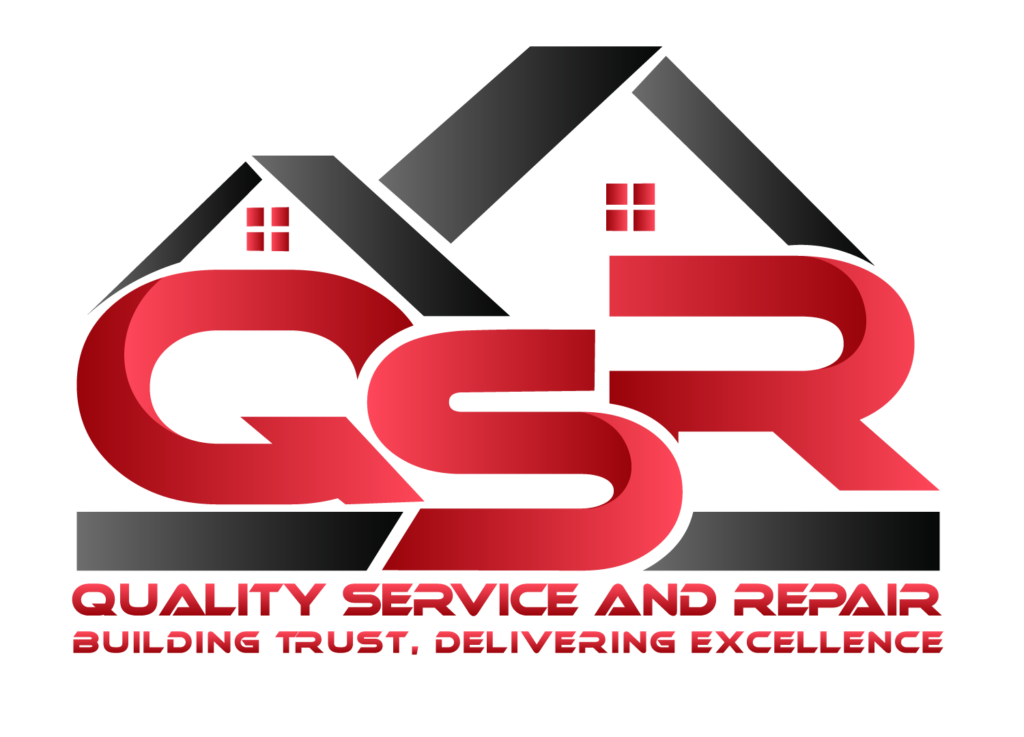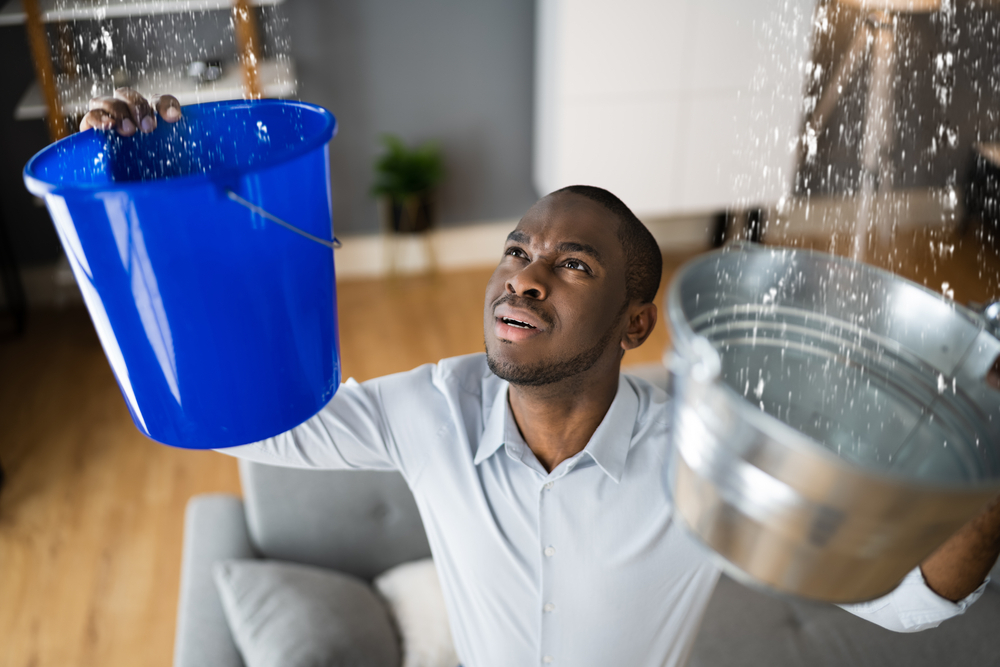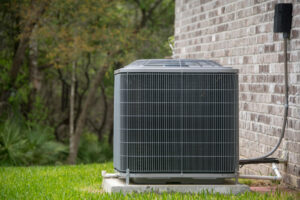Water, the essence of life, can also be a formidable adversary when it invades your living space without an invitation. From leaky roofs and burst pipes to unexpected floods, water intrusion is a challenge that many homeowners may face. While the presence of water can be unsettling, understanding how to navigate water intrusion and implement effective mitigation strategies can make all the difference in preserving your home’s integrity and your peace of mind. In this comprehensive guide, we’ll delve into the world of water mitigation, equipping you with the knowledge to protect your home from the potential damages of water intrusion.
Understanding the Nature of Water Intrusion
Water intrusion can manifest in various forms, and its impacts can range from minor inconveniences to severe structural damage. Whether it’s a small leak or a major flood, the consequences of unmanaged water intrusion can extend beyond the immediate area of the issue. It’s essential to recognize that water doesn’t just evaporate; it seeks out porous materials, penetrates hidden spaces, and lingers, potentially causing mold growth, compromising indoor air quality, and weakening the structural integrity of your home.
The Imperative of Swift Action
When it comes to water intrusion, time is of the essence. Swift action is crucial to prevent further damage and mitigate the potential risks associated with water infiltration. The longer water is allowed to linger, the more extensive the damage becomes, and the greater the chance of secondary issues such as mold growth. Therefore, the first step in effective water mitigation is early detection.
Step 1: Early Detection and Assessment
Early detection requires vigilant observation and prompt response. Keep an eye out for signs of water intrusion, including water stains, peeling paint, musty odors, and a sudden increase in humidity. Once you suspect water intrusion, your immediate task is to assess the source of the problem. Is it a leaking roof, a burst pipe, or external flooding? Identifying the source is crucial for effective mitigation.
Step 2: Halting the Source and Ensuring Safety
Before delving into mitigation, it’s imperative to stop the source of water intrusion. If it’s a burst pipe, turn off the water supply; if it’s a leak, seal it temporarily until repairs can be made. Additionally, ensure your safety and the safety of your family members. If the water intrusion is severe, it might be best to evacuate and seek professional help.
Step 3: Water Extraction
Once the source is controlled, focus shifts to water extraction. Removing standing water is crucial to prevent further damage and mold growth. Use pumps, wet-dry vacuums, and absorbent materials to extract as much water as possible. For extensive water intrusion, consider enlisting the help of professionals equipped with industrial-grade equipment.
Step 4: Drying and Dehumidification
With the standing water removed, the next step is to initiate the drying process. Proper drying involves not only the visible surfaces but also hidden spaces like wall cavities and subflooring. High-powered fans, dehumidifiers, and air movers are used to promote air circulation and expedite evaporation. Effective drying prevents moisture from seeping into porous materials and minimizes the risk of mold growth.
Step 5: Salvaging and Restoration
Once your home is adequately dried, it’s time to assess the damage to materials and belongings. Salvage items that can be saved, and promptly dispose of items that are beyond repair. If necessary, consult professionals to assess the structural integrity of your home and recommend repairs. Restoration involves replacing damaged materials, ensuring that your home returns to its pre-water intrusion state.
Step 6: Mold Prevention and Sanitization
Mold is a common byproduct of water intrusion, thriving in damp environments. Proper sanitization is critical to prevent mold growth and ensure a safe living environment. Thoroughly clean and disinfect affected areas using appropriate cleaning agents. If mold growth is suspected, consult professionals who specialize in mold remediation to ensure safe and effective removal.
Step 7: Monitoring and Future Prevention
After the initial mitigation steps are complete, it’s essential to continue monitoring the affected areas for any signs of recurring moisture or mold. Regularly inspect potential problem areas, such as the roof, plumbing systems, and areas prone to flooding. Taking preventive measures can significantly reduce the likelihood of future water intrusion issues.
Step 8: Consultation with Professionals
Water mitigation professionals bring a wealth of experience and expertise to the table. Consider consulting with them to assess the extent of the damage and recommend further measures to prevent future water intrusion.
Step 9: Home Insurance Review
Review your home insurance policy to ensure you have adequate coverage for water damage. Discuss any necessary updates or modifications with your insurance provider.
Step 10: Emergency Preparedness
Learn how to shut off the main water supply to your home in case of emergencies. Additionally, consider investing in water detection and alarm systems that can alert you to potential water leaks or intrusions.
The Role of Professionals in Water Mitigation
While some instances of water intrusion can be managed by homeowners, larger-scale and complex situations demand the expertise of professionals. Professional water mitigation specialists bring a combination of experience, knowledge, and specialized equipment to address water intrusion comprehensively. Their proficiency ensures that every step of the mitigation process is executed with precision, effectively safeguarding your home from the potential damages of water intrusion.

Navigating water intrusion can be daunting, but you don’t have to do it alone. At Quality Service and Repair, we’re dedicated to helping homeowners like you navigate the challenges of water mitigation. Our experienced team is equipped with the skills and tools to address water intrusion promptly and effectively. Whether you’re dealing with a minor leak or a major flood, we’re here to offer our expertise and support to preserve the integrity of your home.
Contact us today to learn more about our water mitigation services and how we can assist you in protecting your home from the impacts of water intrusion. Let’s navigate water intrusion together and ensure that your home remains a safe and comfortable haven for you and your loved ones. You can also check all of our water mitigation services that we offer in Houston, Texas here.






